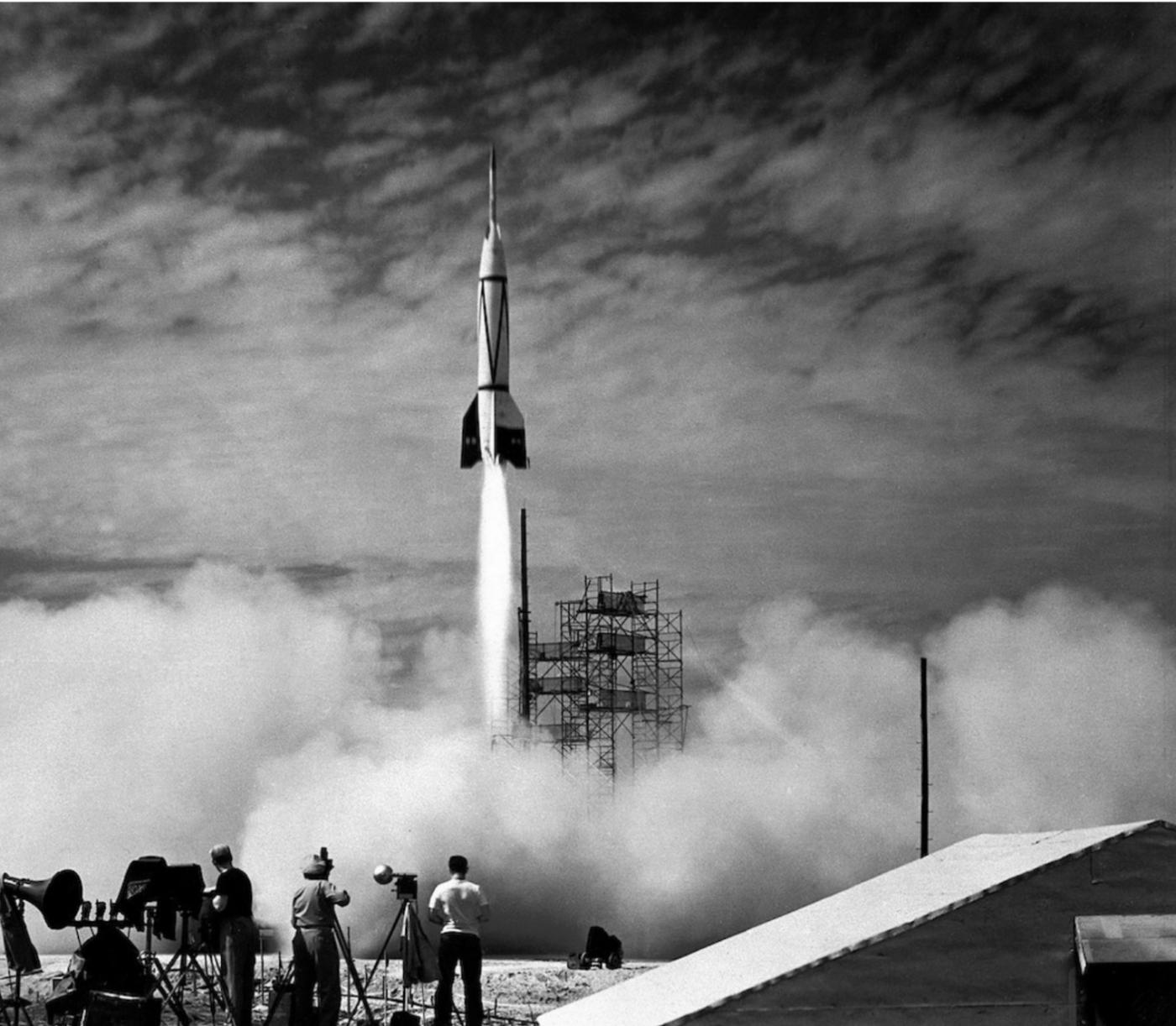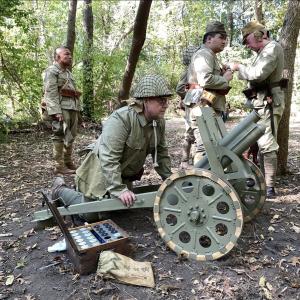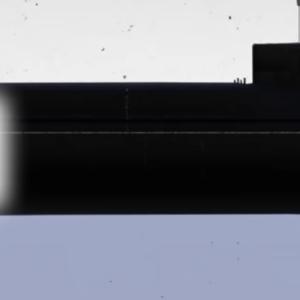
On this day in military history…
In the early 1940s, a team of German engineers and scientists, led by Wernher von Braun and overseen by military official Walter Dornberger, began work on a revolutionary new weapon: the V-2 rocket. Known officially as the A-4 and later as Vergeltungswaffe Zwei, or Vengeance Weapon Two, the V-2 was the world’s first long-range, liquid-fueled ballistic missile. It was developed during World War II by Nazi Germany as part of a larger effort to create advanced technology capable of striking enemy cities from great distances.
After a series of early failures, the V-2 had its first fully successful launch on October 3, 1942. This historic flight took place at the Peenemünde Army Research Center, located on the Baltic Sea coast. The test vehicle, designated V-4, climbed to an altitude of about 84 kilometers—just below the edge of space—and traveled a horizontal distance of approximately 190 kilometers before striking the target area. It reached speeds of over 5,000 kilometers per hour and flew faster and higher than any rocket before it, marking a pivotal moment in the history of rocketry and spaceflight.
The success of this launch stunned both the scientific team and the military leadership. Wernher von Braun and his colleagues had proven that a rocket could not only reach the upper atmosphere but also be guided to a distant target. In a speech following the test, General Dornberger reportedly declared that they had invaded space with their rocket and opened the door to future space travel. While the V-2 was designed as a weapon of war, its technological significance extended far beyond the battlefield.
Technically, the V-2 was a remarkable achievement. It stood about 14 meters tall and weighed nearly 13 metric tons at launch. Powered by a liquid-fueled engine that burned a mix of ethanol and liquid oxygen, the rocket generated about 60,000 pounds of thrust. Its guidance system, though primitive by today’s standards, used gyroscopes and aerodynamic fins to keep it on course during powered flight. Once the engine shut off, the rocket followed a ballistic arc toward its target.
Despite the engineering brilliance behind it, the V-2 had significant limitations—particularly in terms of accuracy. Although it could hit a general area within about 20 kilometers of the intended target, it was far from precise. Many rockets fell in open fields or missed population centers entirely. As a result, while the V-2 instilled fear and caused destruction, it was not a decisive weapon in the war.
Later tests pushed the rocket even higher. In 1944, one V-2 test flight reached an altitude of 176 kilometers, well above the Kármán line, which is generally considered the boundary of space. This made it the first human-made object to enter outer space, although it did so on a suborbital path and never reached orbit.
After the war, the technology and expertise developed for the V-2 were seized by both the United States and the Soviet Union. Wernher von Braun and many of his team members were brought to the U.S., where they contributed to the development of American ballistic missiles and, eventually, the Apollo program. The V-2’s legacy thus lives on not only in military history but in the foundations of modern space exploration.










